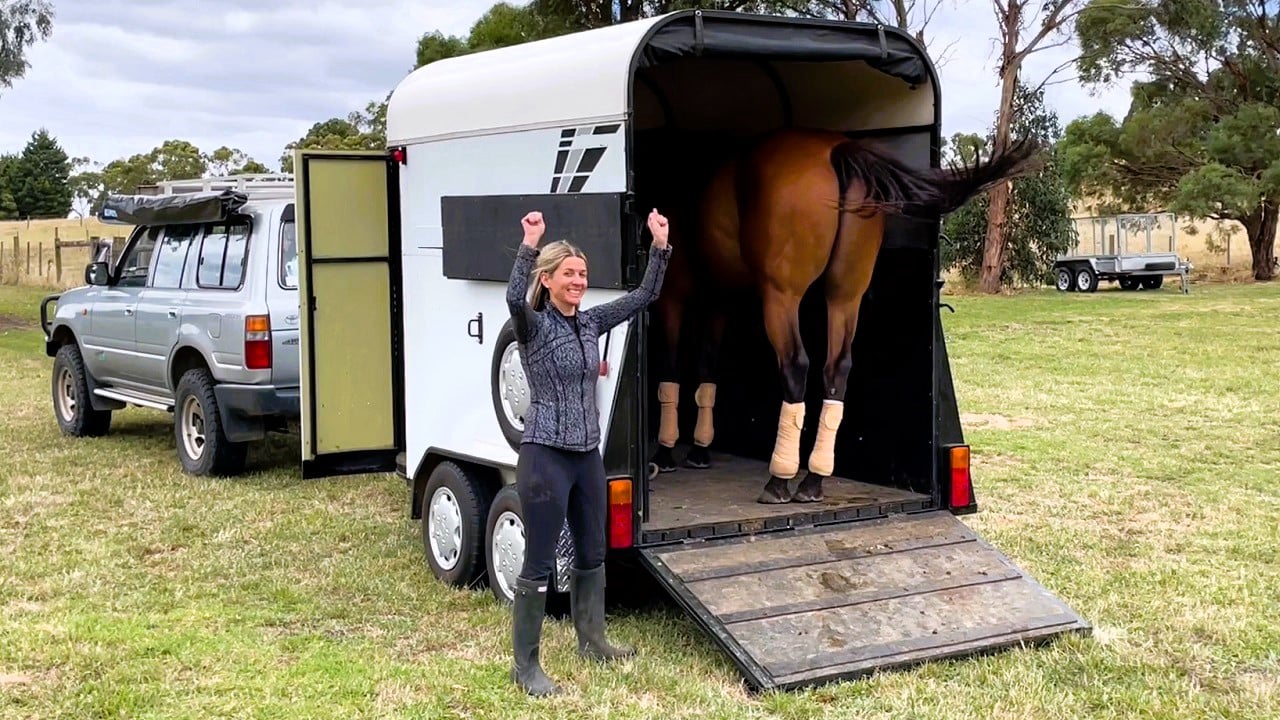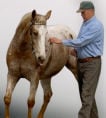
Horse Float Training Preparation
Please follow these steps:-
Step 1: click the green link below, read the training disclaimer and submit the form at the end of that page. Then return here.
Step 2: Read all of the information below and prepare for the training.
